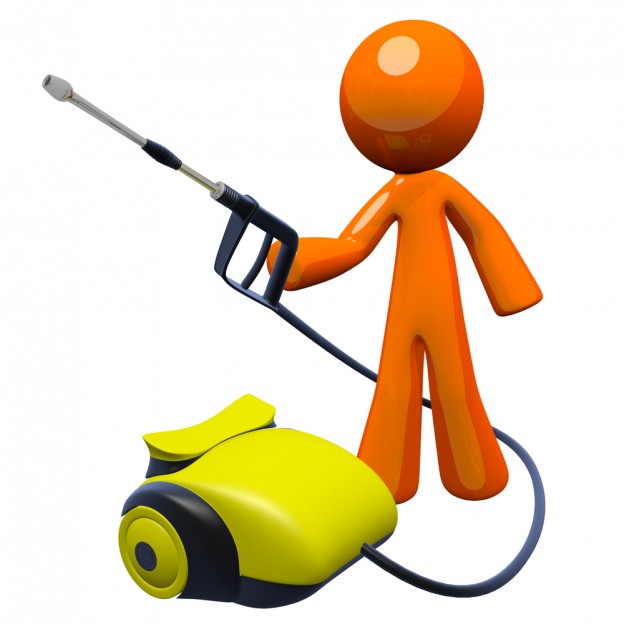Cleaning can be a hassle but achieving sparkling vehicles and a clean forecourt with a top-quality pressure washer will add value to your business.
It may feel like a secondary part of any job but there is no getting around the fact that a perfect result is crucial.
Here at Britclean, we are one of the largest suppliers of commercial and industrial cleaning equipment, making us well placed to give you the best advice and keep your cleaning costs down.
Six Steps to a Comprehensive Clean
1. Remove Grime Before Washing
Getting rid of as much dirt as possible is critical before hands are placed on your vehicle. Any particles that are dragged along the vehicle’s surface will damage your paintwork. Using a pressure washer is ideal whilst making sure you stay a minimum distance of 30cm away from the vehicle. A best practice is to point the water hose towards the floor which stabilises the force of the flow before contact is made. Don’t forget to pre-spray with a detergent liquid or foam before starting your pressure washer but also make sure the paintwork is not flaky or rusty.
2. Choose Correct Attachment
Choosing the right attachment for your pressure washer will help agitate dirt, with a soft, long bristled brush the best attachment for bodywork. Alternatively, a rotary brush will help to get to awkward areas such as front grills, bumpers and wheels.
A detergent nozzle allows you to spray your vehicle using a mixture of water and mild pressure washer detergent, which is great for dealing with grime and oily stains.
Using a wand extension will help you reach over the roof of high vehicles and gain access to areas often missed using a sponge. We would also recommend not using an unrestricted nozzle on your pressure washer as this can lead to irreversible damage to rubber seals and paintwork.
3. Avoid Electrical and Mechanical Components
Never point your pressure washer into the engine block or any other working components such as the vehicle aerial. A well-maintained engine block encourages mechanics to take extra care when servicing, but this area does not require cleaning with a pressure washer.
4. Pressure Washing Wheels
Alloy wheels and hubcaps are the largest accumulators of grit, dust and oil from road surfaces. Start with your bodywork using your main nozzle to remove loose debris and immediate dirt before using the detergent nozzle to break down oil residue. Use the rotary brush to agitate difficult stains to reach awkward corners and rinse thoroughly with plain water to remove excess detergent. Don’t aim your pressure washer to tyres though as this will lead to tread or tyre wall damage.
5. Hot or Cold Pressure Washing?
A lot of the time cold water delivered at pressure will remove most dirt, except oil or grease which require hot water. Using hot water pressure washing has been proven from independent testing to be more cost-effective and reduce the amount of labour, water, fuel and service elements by up to a quarter.
6. Ease of Use – When deciding which pressure washer will work best to clean your vehicles, pay attention to the machine’s centre of gravity. This will affect how easy the unit is to pull, especially on uneven surfaces. Manoeuvrability is extremely important, especially within a busy, time pressure facility.
Talk to the Pressure Washer Experts
If you have any questions about Britclean’s range of pressure washers and industrial vacuums, please contact us today.
We provide cleaning equipment from manufacturers such as Nilfisk and Karcher for customers across Staffordshire, Derbyshire and Cheshire.

